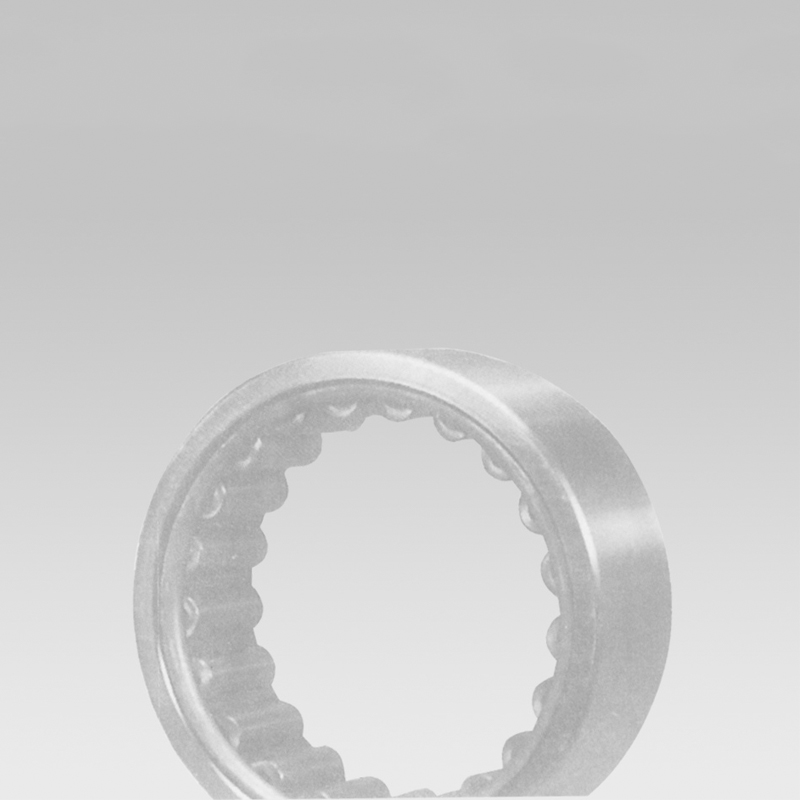
Dec . 06, 2024 14:47 Back to list
23034 bearing
Understanding the 23034 Bearing Specifications, Applications, and Advantages
Bearings play a vital role in the functioning of machinery and mechanical systems. Among various types of bearings, the 23034 spherical roller bearing holds significance due to its unique design and versatile applications. In this article, we will explore the specifications, applications, and advantages of the 23034 spherical roller bearing.
Specifications
The 23034 spherical roller bearing is designed for high-load applications, characterized by its outer and inner rings that can accommodate misalignment. This specific model is identified by its dimensions a bore diameter of 170 mm, an outer diameter of 260 mm, and a width of 67 mm. The bearing allows for a relatively high speed and can handle axial loads in both directions, making it a go-to solution for many engineering applications.
The design of the 23034 bearing includes a series of cylindrical rollers that are arranged between the inner and outer rings. These rollers can freely rotate and tilt, allowing the bearing to self-align under misalignment conditions. This feature is crucial in situations where machine components may not align perfectly due to thermal expansion or manufacturing tolerances.
Applications
The 23034 spherical roller bearing is widely used in various industrial applications. Its robust design and ability to accommodate heavy radial and axial loads make it suitable for
1. Mining and Quarrying Equipment The harsh working conditions in these environments require bearings that can withstand shock loads and contamination. The 23034 bearing's durability makes it an ideal choice for heavy machinery like crushers and excavators.
2. Wind Turbines With the growing demand for renewable energy, the bearing's stability under varying loads and angles of rotation makes it essential for wind turbine operations. It ensures smooth rotation and improved efficiency of the turbine blades.
3. Construction Machinery In applications involving cranes, excavators, and loaders, the 23034 bearing can help manage the substantial forces exerted during operation. Its capacity to handle misalignment enhances the overall reliability of construction equipment.
23034 bearing

4. Agricultural Machinery From tractors to harvesters, agricultural machines benefit from the 23034 spherical roller bearing's ability to withstand the variable loads encountered in field operations.
Advantages
The 23034 spherical roller bearing offers several advantages that make it a popular choice among engineers. These include
1. High Load Capacity Designed to handle substantial loads, the 23034 bearing can resist both radial and axial forces, which is essential in heavy-duty applications.
2. Self-Aligning Capability The inherent self-aligning feature of this bearing type allows for a degree of misalignment without compromising performance. This reduces wear and extends the life of the machinery.
3. Versatility Due to its robust design, the 23034 bearing is suitable for various industries, including automotive, mining, and construction, making it a versatile choice for many applications.
4. Ease of Installation and Maintenance These bearings are designed for easy installation, which can save time and labor costs during maintenance or replacement. Regular lubrication and monitoring can also prolong their lifespan.
5. Noise and Vibration Reduction A well-maintained 23034 bearing can contribute to lowering operational noise and vibrations, enhancing both performance and comfort in machinery.
Conclusion
The 23034 spherical roller bearing is an indispensable component in numerous industrial applications, thanks to its robust design, high load capacity, and self-aligning features. As industries continue to advance and evolve, the demand for reliable and efficient bearings like the 23034 will undoubtedly increase. Understanding its specifications, applications, and advantages allows engineers and technicians to make informed decisions, enhancing the longevity and performance of machinery. Investing in quality bearings, such as the 23034 spherical roller bearing, consequently leads to improved operational efficiencies and lower maintenance costs in the long run.
Latest news
-
Premium Deep Groove Ball Bearings | High Speed & Reliability
NewsAug.29,2025
-
Durable Scaffolding Clamps - Secure & Reliable Tube Connectors
NewsAug.28,2025
-
Common Failures in Thrust Ball Bearings and Solutions
NewsAug.22,2025
-
How Tapered Roller Bearings Can Take Shock Loads
NewsAug.22,2025
-
Angular Bearings in High-Precision Spindles
NewsAug.22,2025
-
The Impact of Misalignment on Cylindrical Roller Bearing Performance
NewsAug.22,2025
